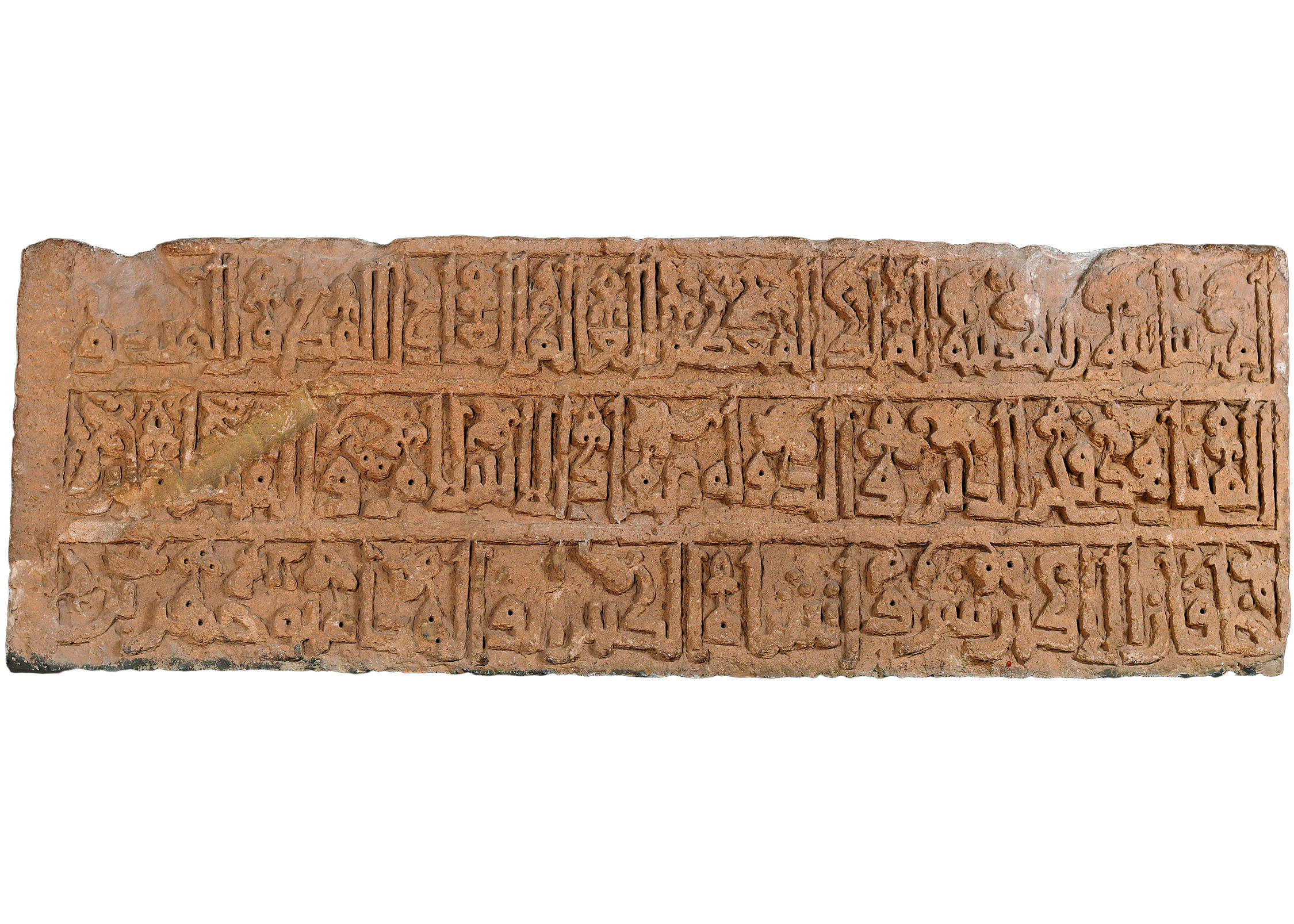
Among stone monuments preserved in the funds of the National History Museum of Azerbaijan, there is a unique inscription (2x0.7 m) which dates back to XII century and contains valuable historical information. Discovered in 1954 after the collapse of the one of hemispherical northern towers of the fortress walls of Baku, the incomplete three-line Arabic inscription is stating that the walls had been built by the order of Shirvanshah Manuchehr III (reigned in 514-555 / 1120- 1160).
The inscription indicates that strengthening of Shirvanshahs had speeded up the construction of the defensive walls of Baku - the city which used to be one of the economic and trade centers of Medieval Shirvan. High development level of the urban culture during Azerbaijan Renaissance can be seen from the pottery, glazed tile and non-glazed wall coverings preserved in the Museum’s Archaeological Fund, as well as from the inscription on the entrance door of Hajigabul Khanegah built on the memory of famous XI century scientist-philosopher Pir Huseyn Shirvani, and from the inscribed and illustrated stones known as «Sabail stones»



